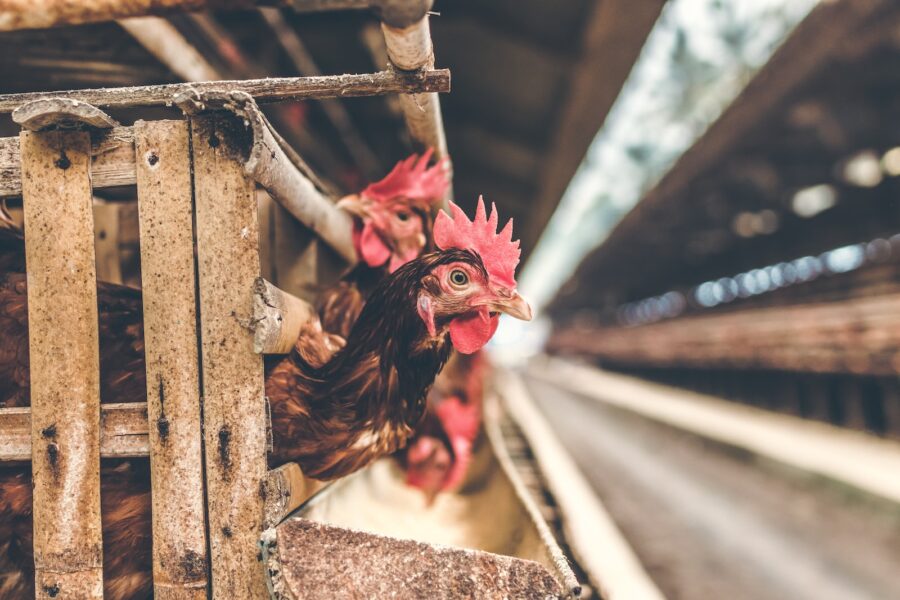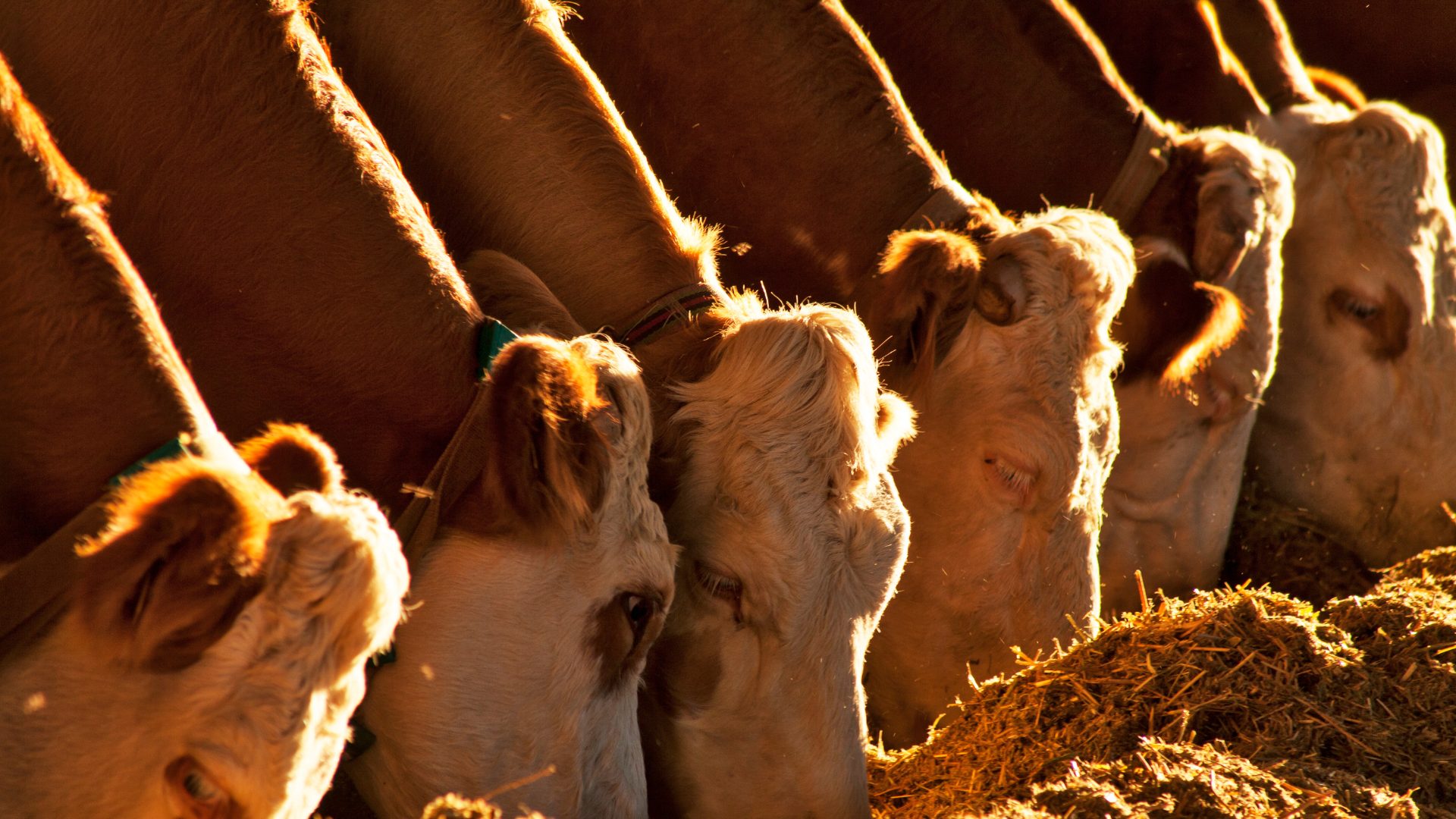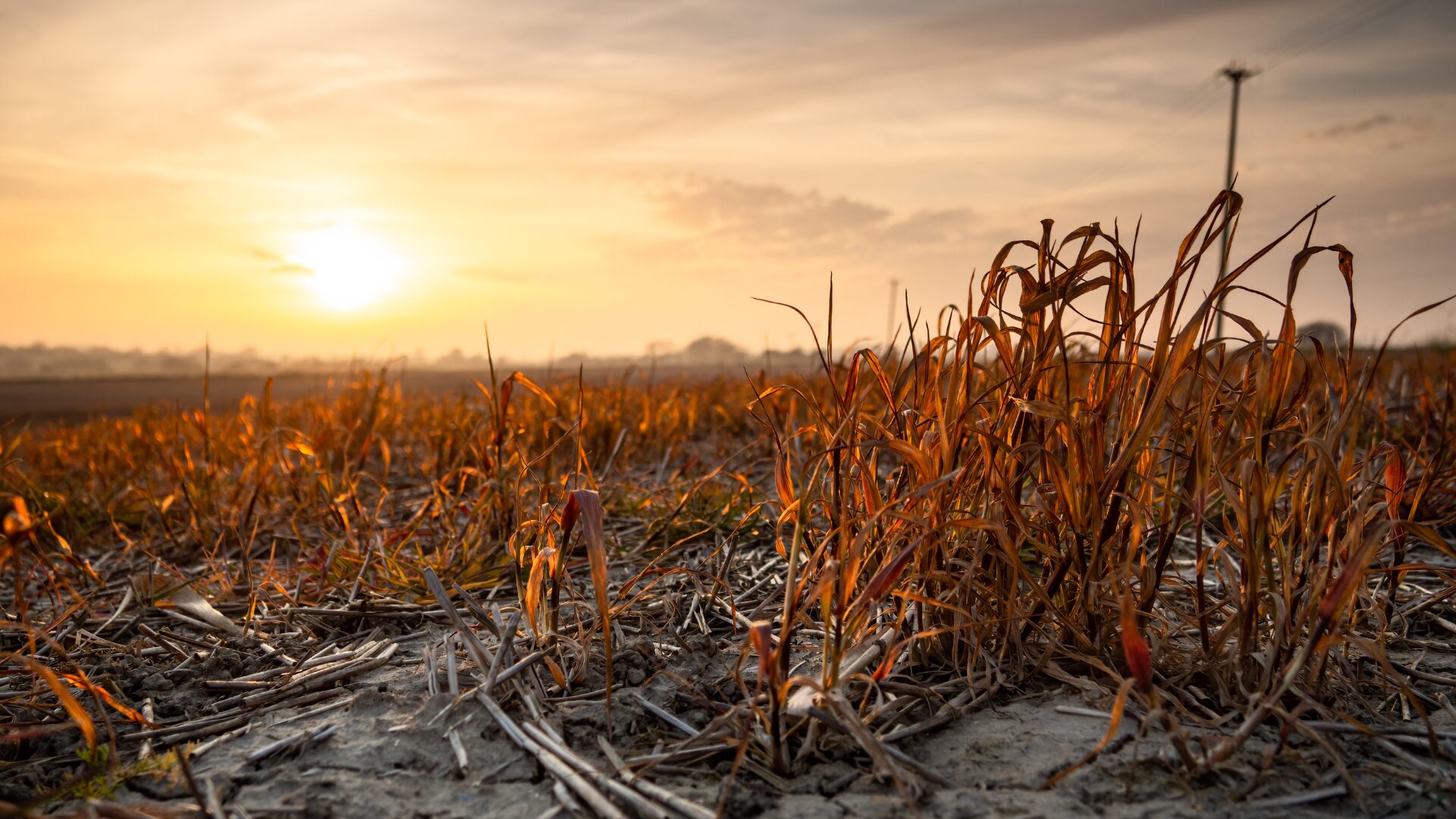More than 52 million birds in 46 states have been culled so far this year due to highly pathogenic avian influenza, topping the record set in 2015, the USDA’s Animal and Plant Health Inspection Service reported. Most of the slaughtered birds were turkeys and egg-laying hens.
“The current outbreak has been linked to persistence [of HPAI] in wild birds and backyard poultry flocks, contributing to the spread of the virus,” Ohio State University assistant professor Thaina Ladim de Barros told The Food Institute. “This broader range of hosts makes it difficult to predict or control outbreaks.”
More than 50 million birds were culled during the 2015 outbreak, costing the industry $3.3 billion. This year’s outbreak also involves Europe, Africa, and Asia, making it the worst bird flu outbreak in history, Nature reported (Oct. 21).
Rebecca Poulson, a wildlife-disease researcher at the University of Georgia in Athens, told Nature the uncontrolled spread in wild birds spilled over into domestic flocks, allowing the disease to spread in what are often crowded conditions on factory farms.
As to why the outbreak has yet to fizzle out, University of Pennsylvania virologist Louise Moncla told Nature it’s possible the current strain mutated to increase its ability to replicate, or it has evolved to infect more bird species than previous strains.
The latest U.S. outbreaks were confirmed Nov. 25 in Nebraska, South Dakota, and Alaska. Iowa has been the state hit hardest this year, reporting 15 million birds culled this season followed by Nebraska at 6.7 million.
Sen. Cory Booker, D-N.J., has introduced legislation that would ban two methods of culling birds: suffocation and ventilation shutdown.
The Illinois Department of Natural Resources reported Nov. 29 at least 300 waterbirds, mainly snow geese, have died in Southern Illinois because of bird flu.
In other ag-related news:
Technological transformation: Netherlands, population 17 million, has become the No. 2 exporter of agricultural products, behind only the United States. Netherlands is also the largest exporter of agricultural and food technology, The Washington Post reported (Nov. 21). More than half the country’s land is used for agriculture, much of it now dedicated to indoor farm systems, some featuring vertical farming. Much attention is paid to producing resilient seed varieties that can withstand extreme weather conditions and disease.
Lawsuit: Meat processing workers have filed an antitrust lawsuit in Denver federal court against the largest U.S. meat packing companies, alleging wage fixing. The class-action suit was filed Nov. 11 against Cargill, JBS, National Beef Packing, and others, alleging the companies engaged in a conspiracy to suppress wages for thousands of maintenance and processing workers. Hagens Berman, the law firm that filed the suit, won a multimillion-dollar settlement in a similar suit involving poultry industry workers.
Climate damage: Spain is reporting record agricultural losses this year because of heavy rains and flooding, Reuters reported (Nov. 29). Government spokesman Isabel Rodriguez said through October totaled an estimated $708.97 million, adding she expects the year-end total to surpass last year’s nearly $750 million total.
Food security: Countries attending COP27, the U.N. Climate Change Conference, agreed on a four-year plan on Agriculture and Food Security and an initiative to scale up financing for transforming agriculture by the end of the decade. Nearly two dozen agriculture ministers signed on to the agreement, focusing on solutions for improving soil and livestock management systems and reducing greenhouse gas emissions.












